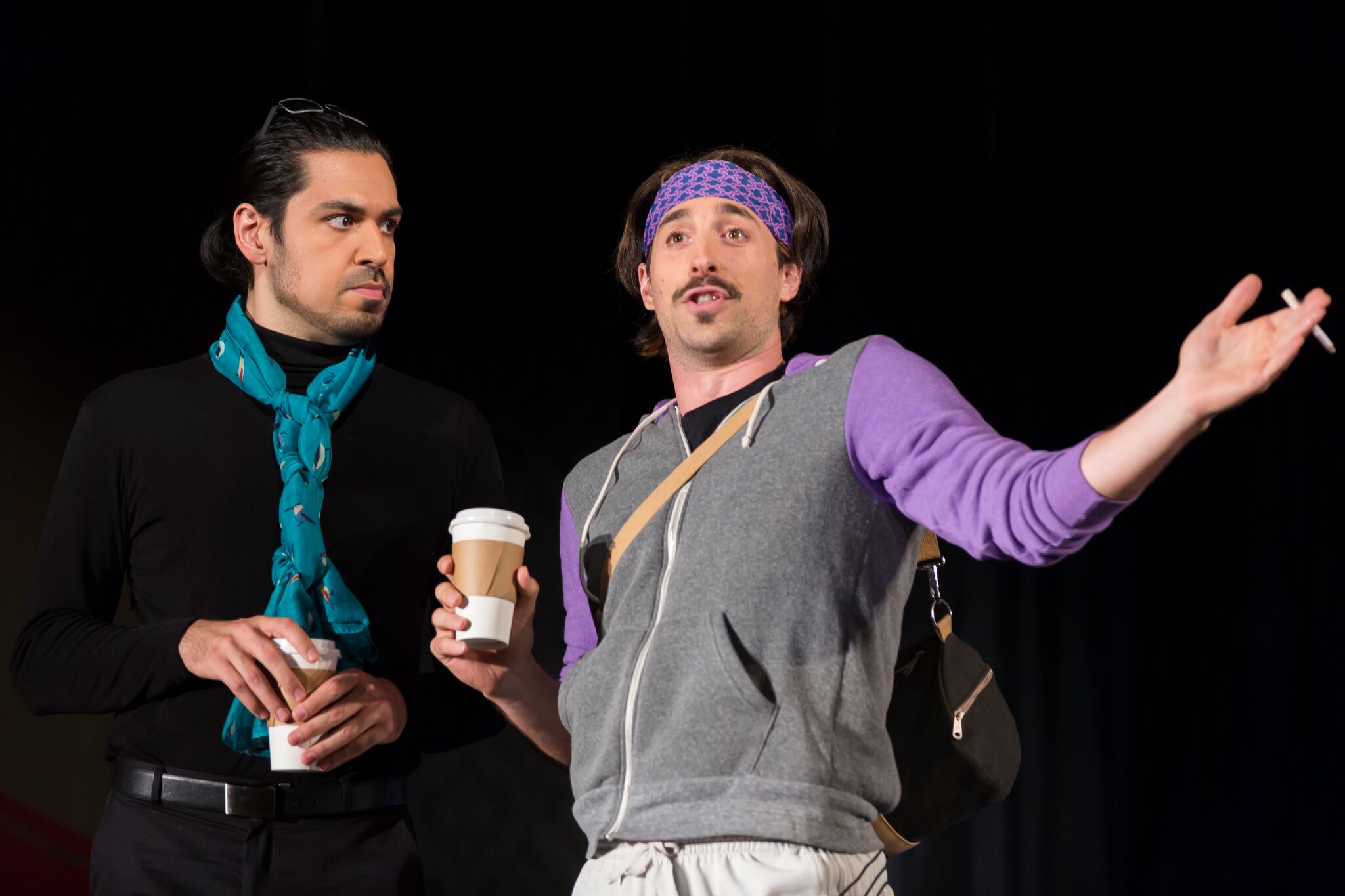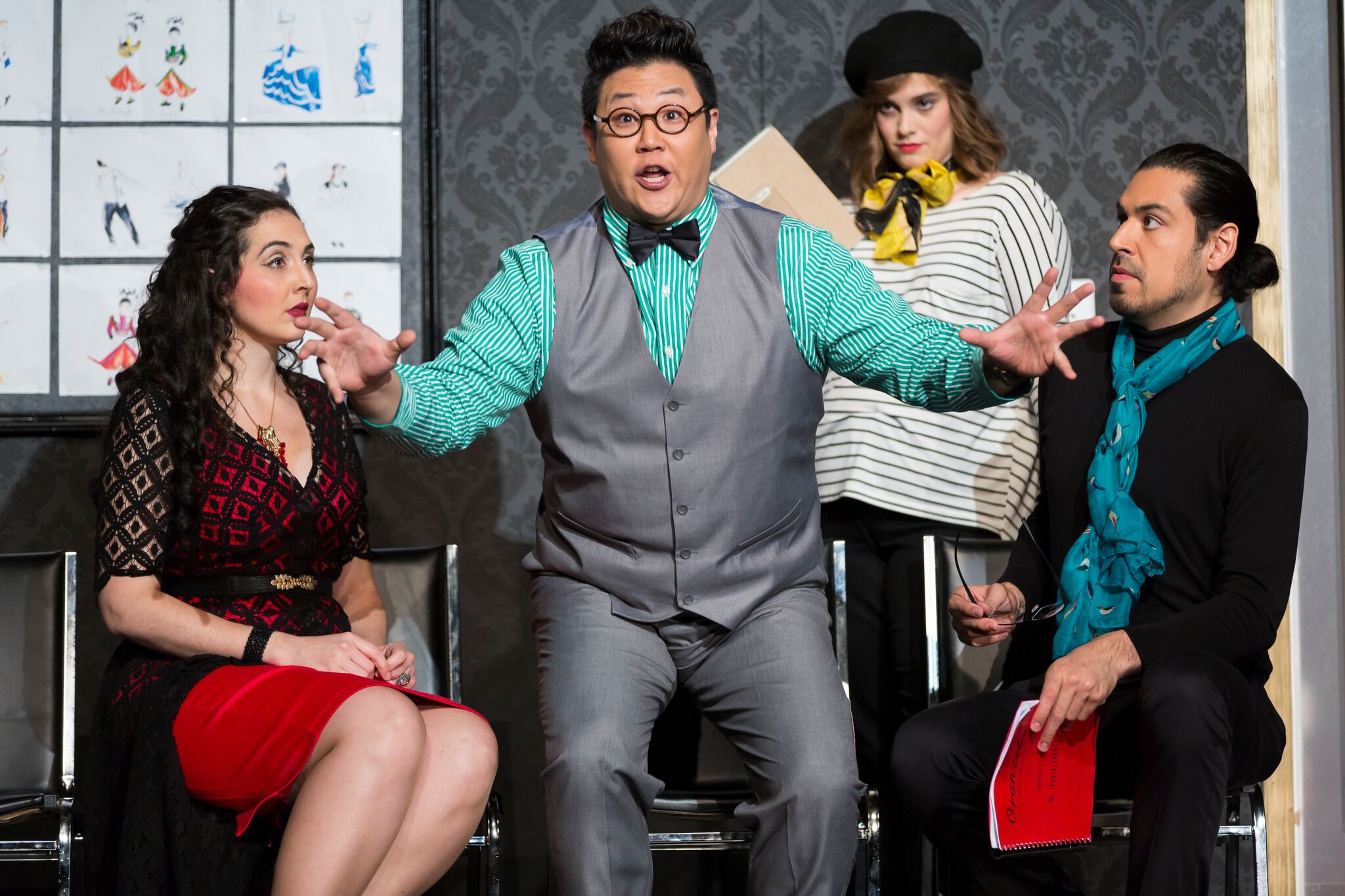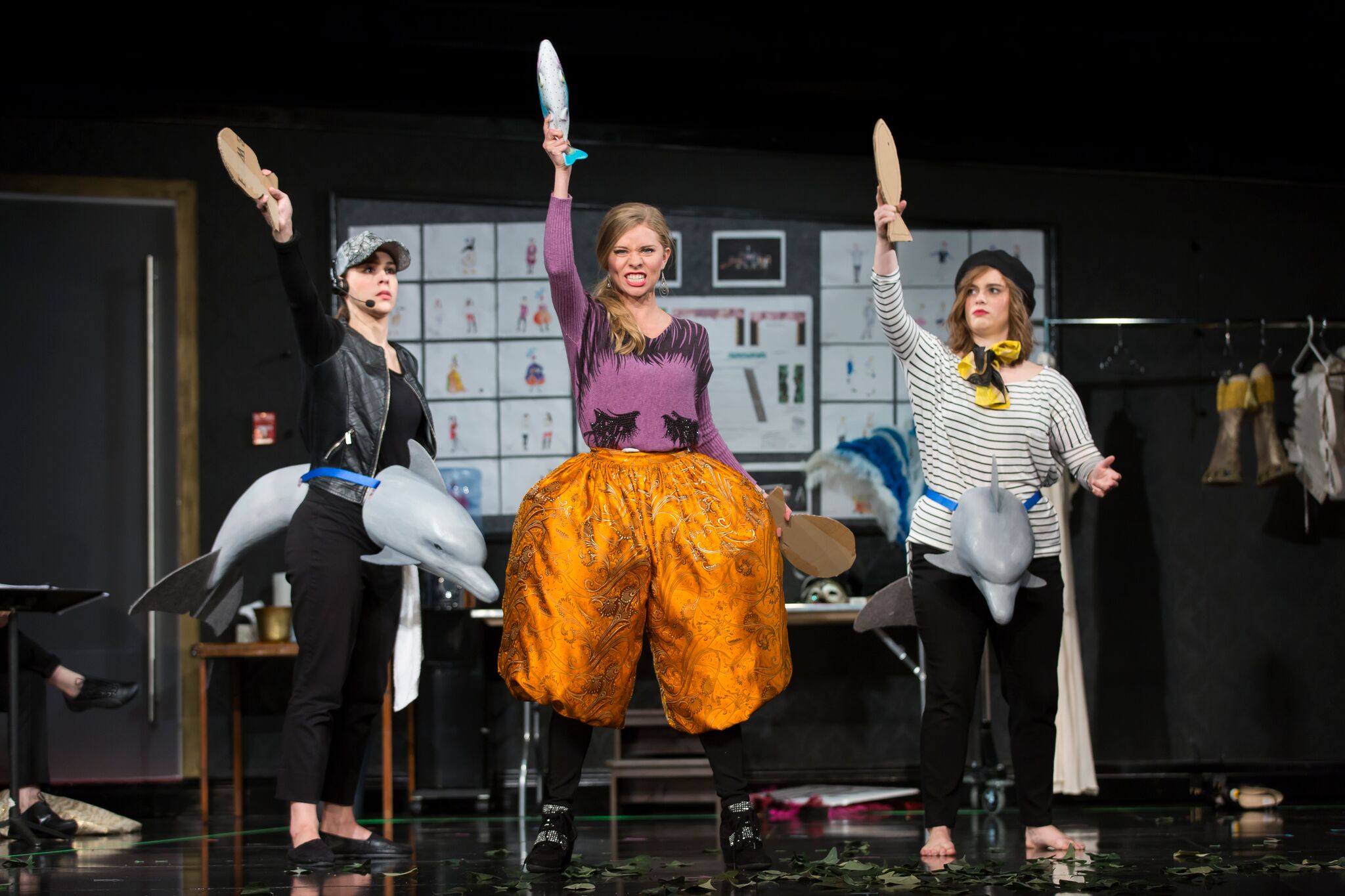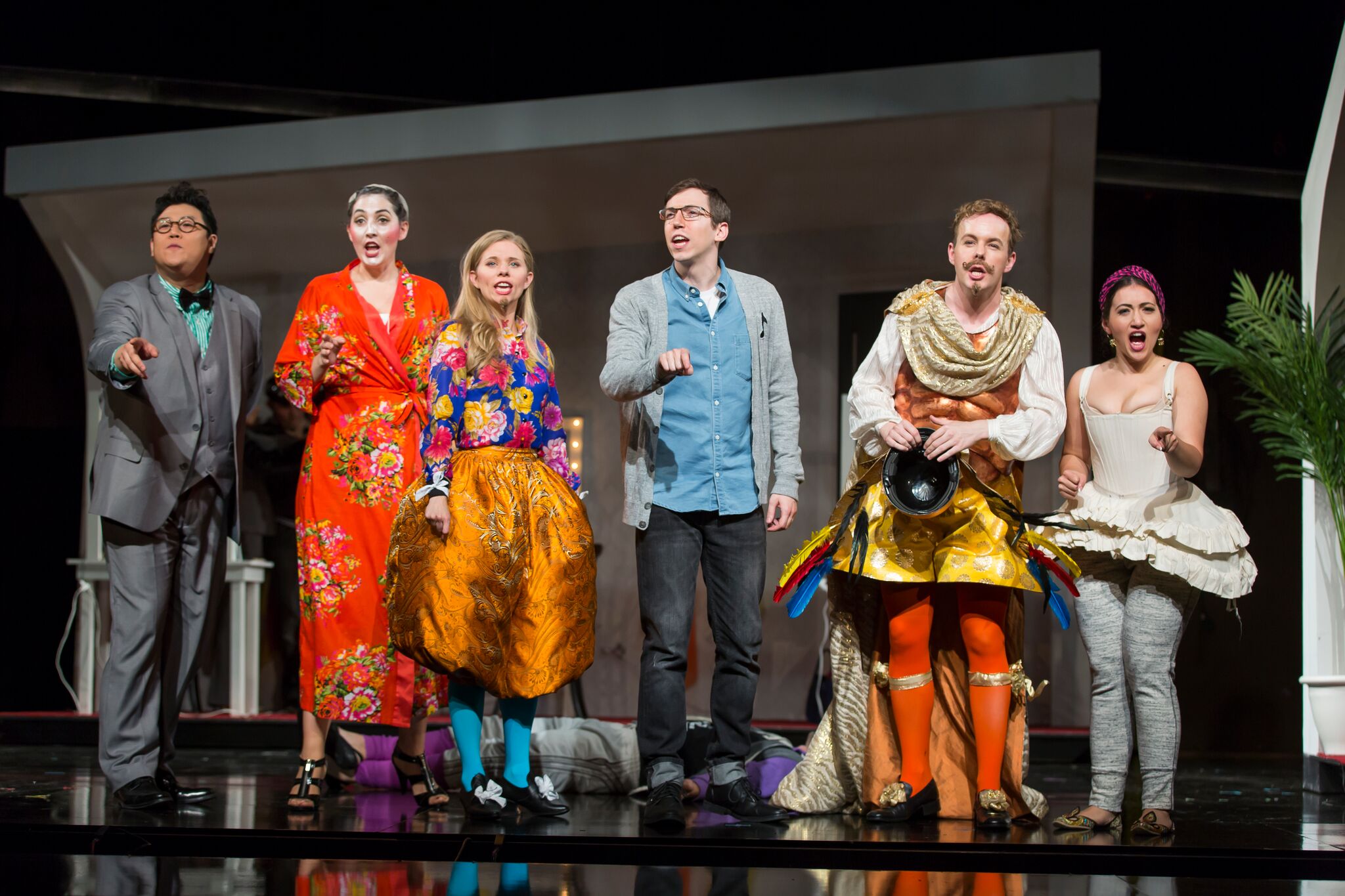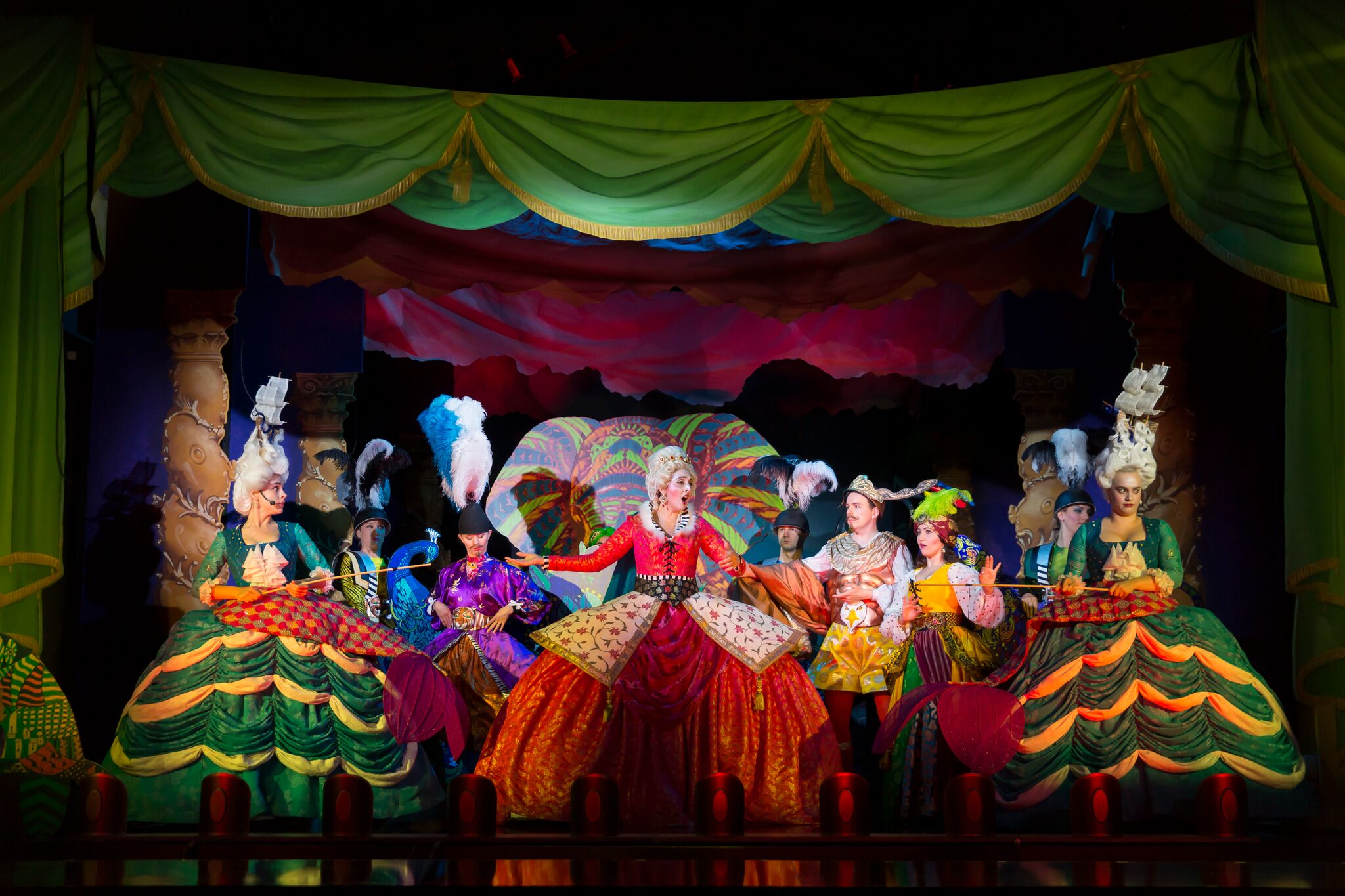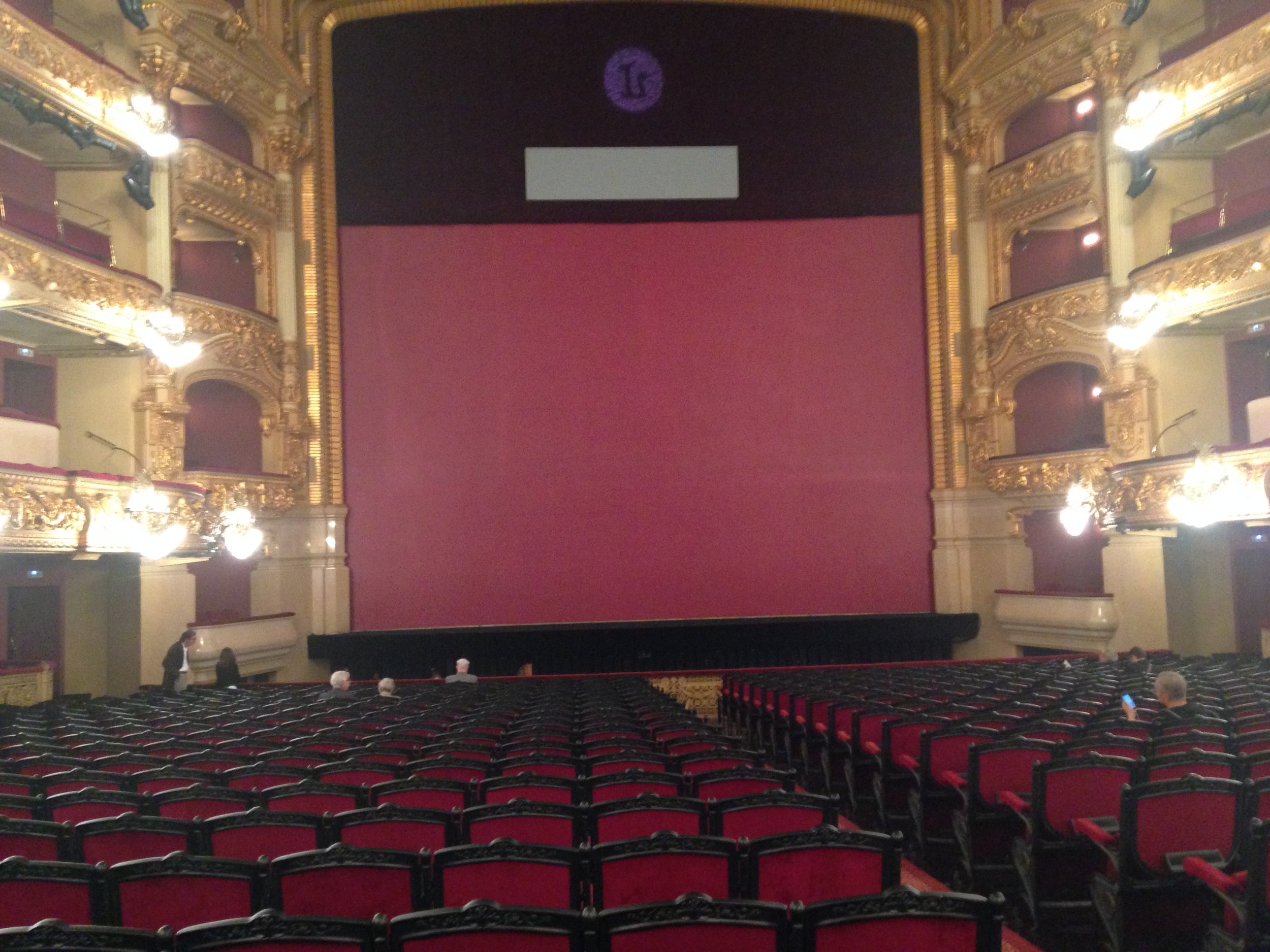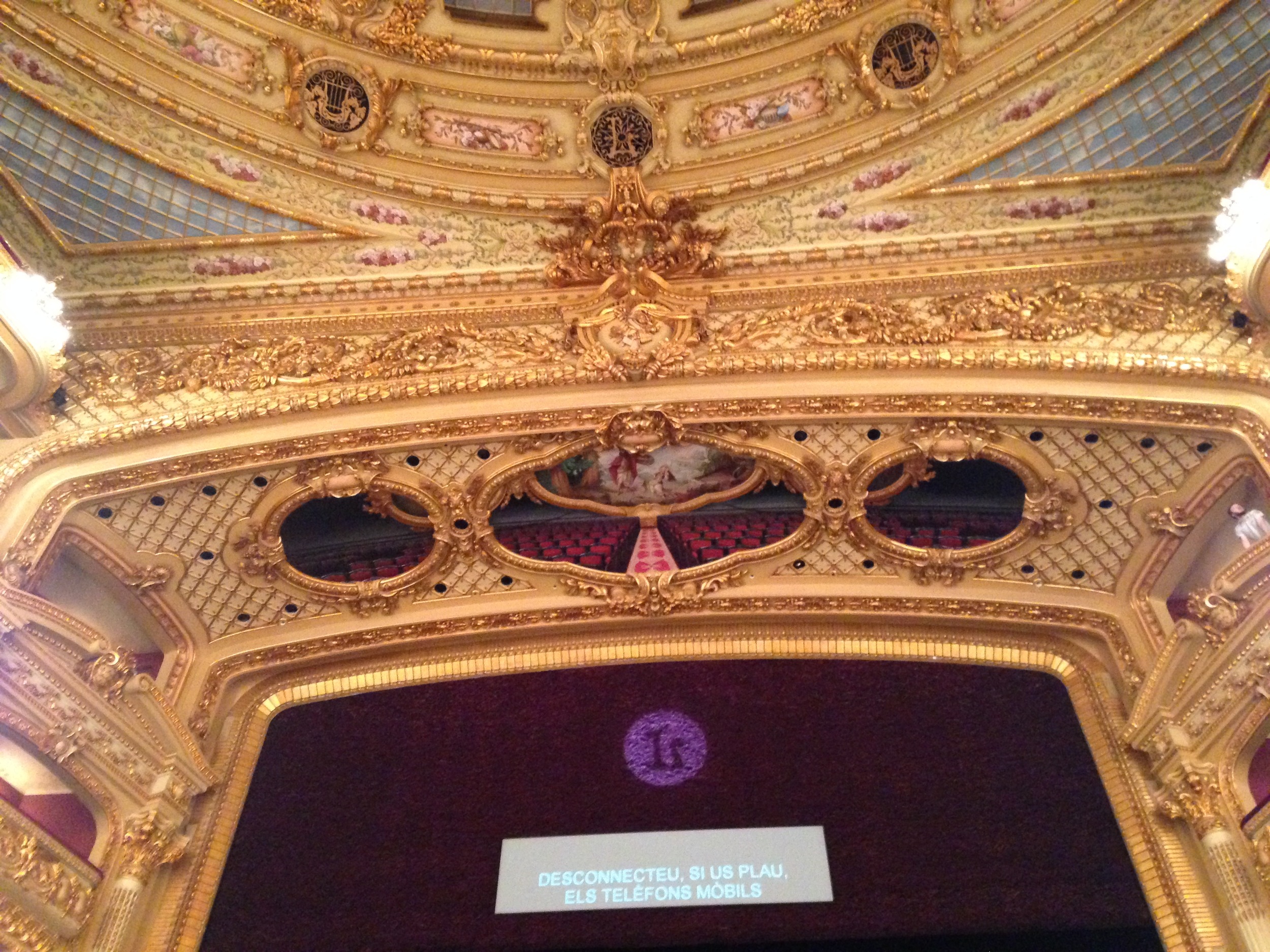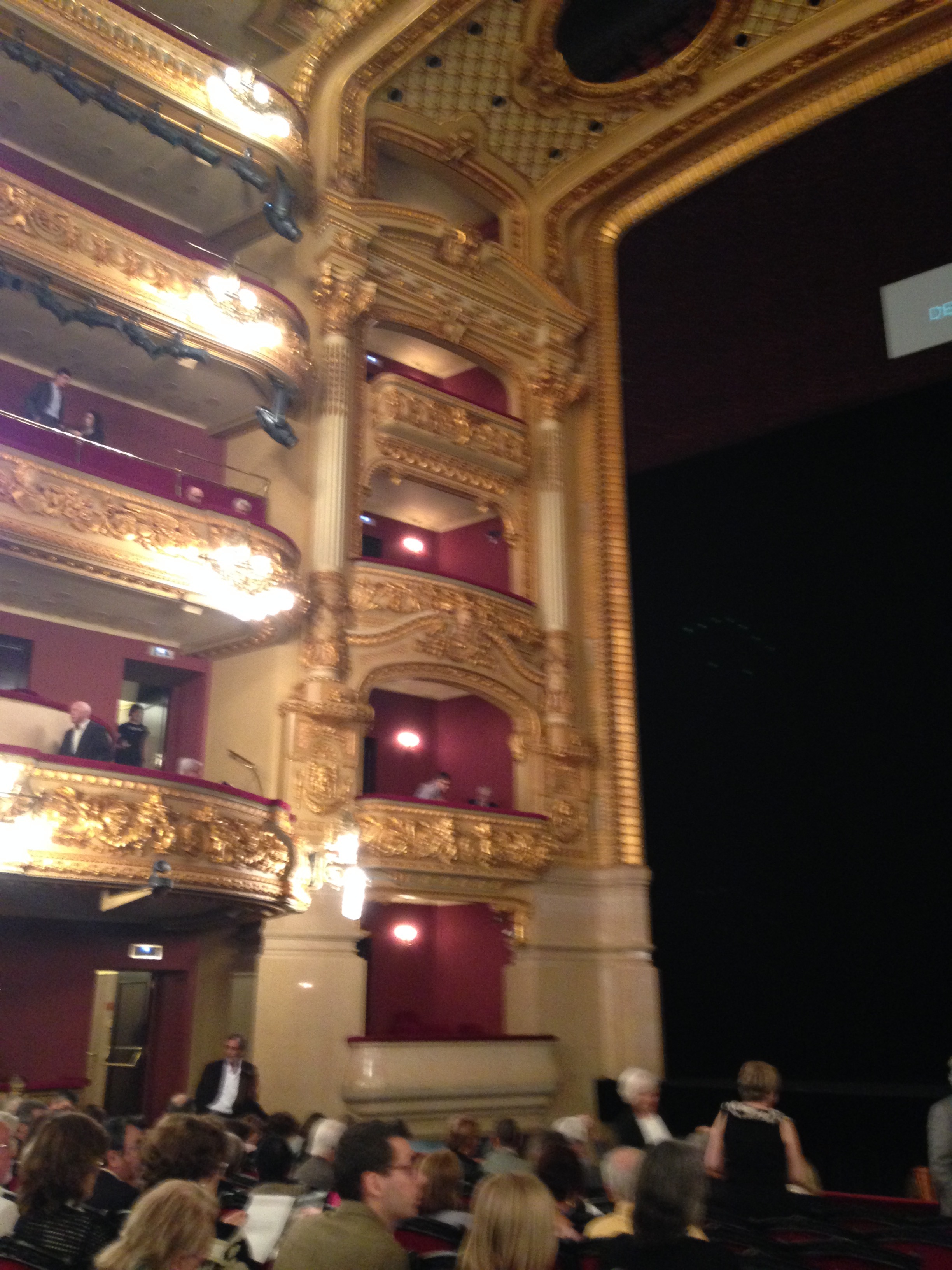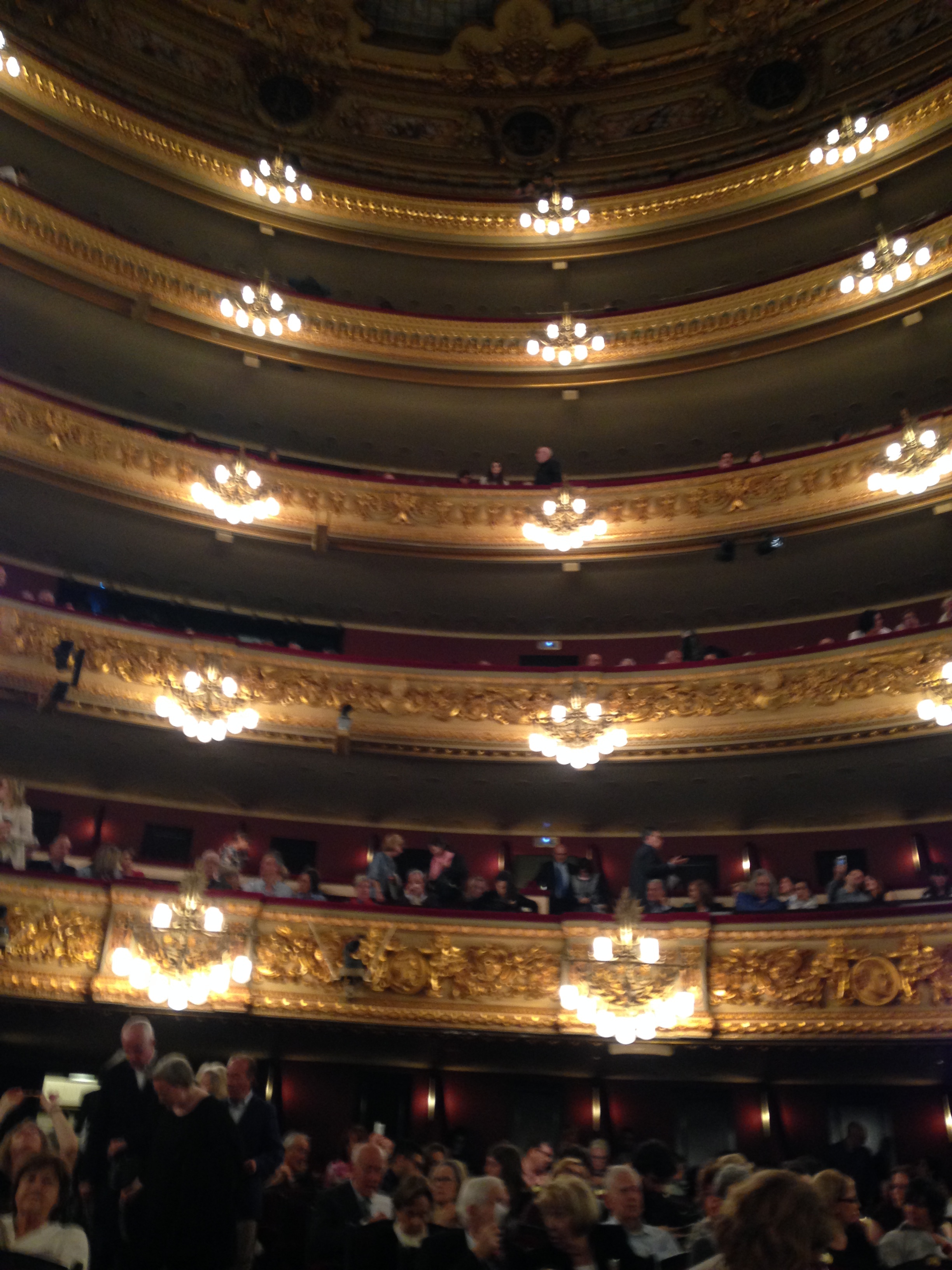One of the first pages that I added to OperaGene.com was a listing of opera critics and as much of their biographical information as I could find. I have previously discussed why critics are important and what can be gained by reading reviews. I’d like to add one more reason for your consideration:
Reading the reviews and commenting online is a way to support the arts.
Newspapers give priority to news areas that generate reader interest, and tallying clicks and comments to the articles online is one way they do that. The Washington Post review of L’Opera Seria by esteemed classical music critic, Anne Midgette, got zero comments (before yours truly added one) even though it got 2000 hits online and was read by an indeterminate number of subscribers to the print edition. Compare that to any sports article and its number of hits and comments. Editors and publishers notice. They also notice other aspects of visits, such as how long the visit to an article occurs on average. There is no way to know how many readers print newspaper articles get or demographic data of visitors, or patterns of visits, but very quantitative data is generated by online visits. A survey two years ago showed that there were 11 full time classical music critics left at U.S. newspapers; two decades ago there were 65.
Reading critical reviews of opera performances contributes to your opera education. Any thought that bloggers can replace critics should be put aside as unrealistic. I have in the past emphasized that my opinions are those of an opera fan who knows what he likes, but opera critics bring critical knowledge and experience to the discussion. Critics are both reporters and judges. When you read a critical review, you will likely learn more about an opera, its history and historical context, its staging, the music, and how well the performers did from someone who knows what they are talking about, and to some extent, the evening will be re-created for you in prose. Like any judge or umpire, sometimes they get it wrong. So? That’s where you come in, to take the critics to task - online!
Classical music critics perform an absolutely critical function in ensuring that standards of the art are upheld. Suppose baseball asked for volunteers from the stands to umpire the games and these umpires called balls and strikes according to how much they liked or disliked the pitch. What would that do to the game? I have observed that, like umpires, critics take a fair amount of abuse, being accused in comments of being haters, of routinely trashing operas, and doing so to enhance their careers. One comment I saw accused the critic of not appreciating people who can’t afford front row seats because the critic came from a wealthy family. I think very few critics are critical because they have have an axe to grind or a mean streak. They have a job to do. They keep the bar high and negative comments actually lead to better opera in the long run. So, if you care about the arts, especially opera, show the critics some love.
Fortunately, we are blessed with some outstanding classical music critics in the mid-Atlantic region. I urge you to read the reviews and comment on them. Tell your friends who appreciate the arts to read the reviews and comment. You will feel better, or not, but if you do, the newspapers will give more of their limited pool of resources to the journalists covering the arts.
To help you access the reviews, I will add review links to the three-month listing of operas in the side bar of the blog page. Check the side bar now and you will find that Read Review links for operas already performed have been added for L’Opera Seria, Julius Caesar, and The Silent Woman. If you spot a review I have missed, please bring it to my attention.


